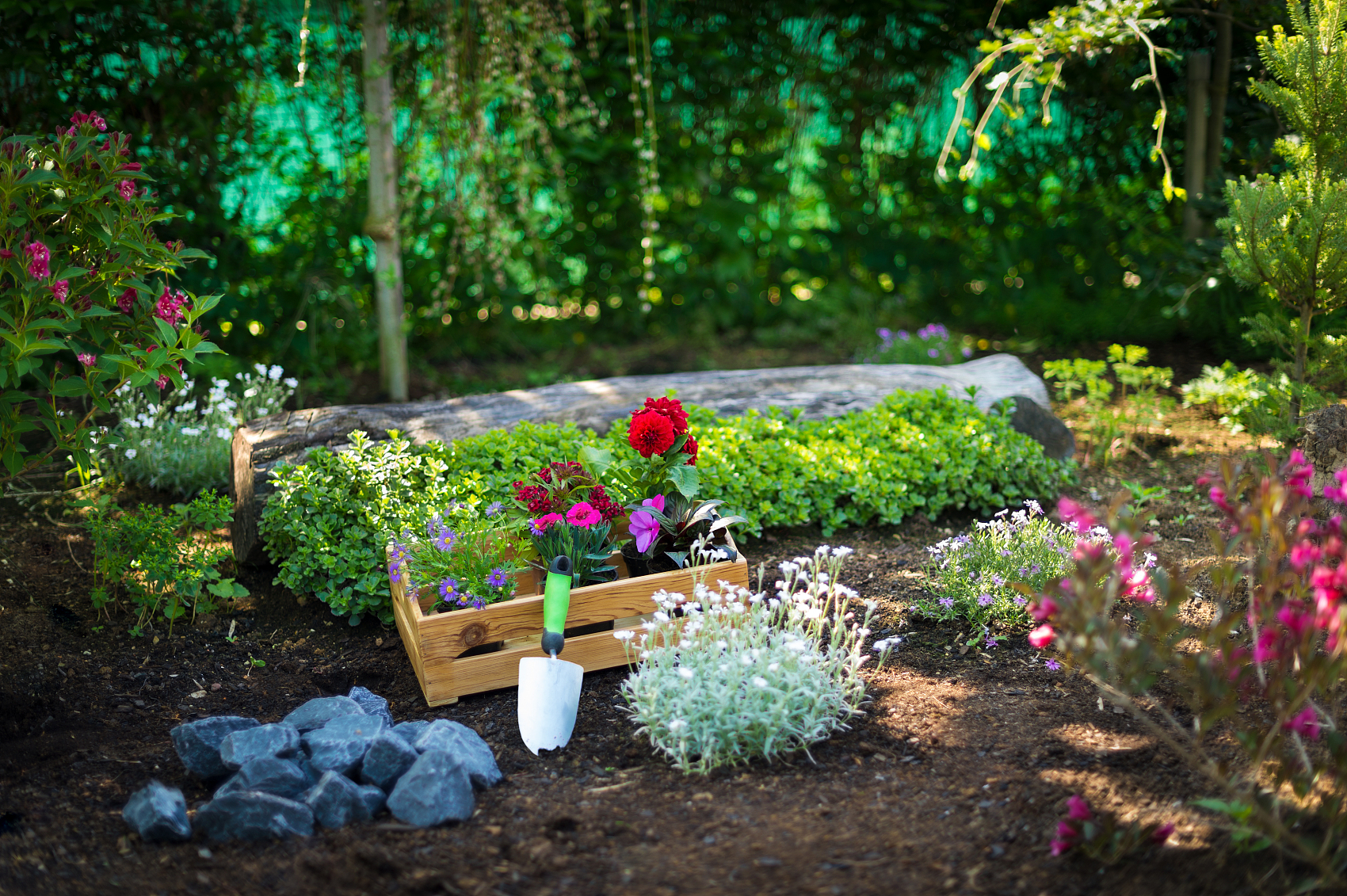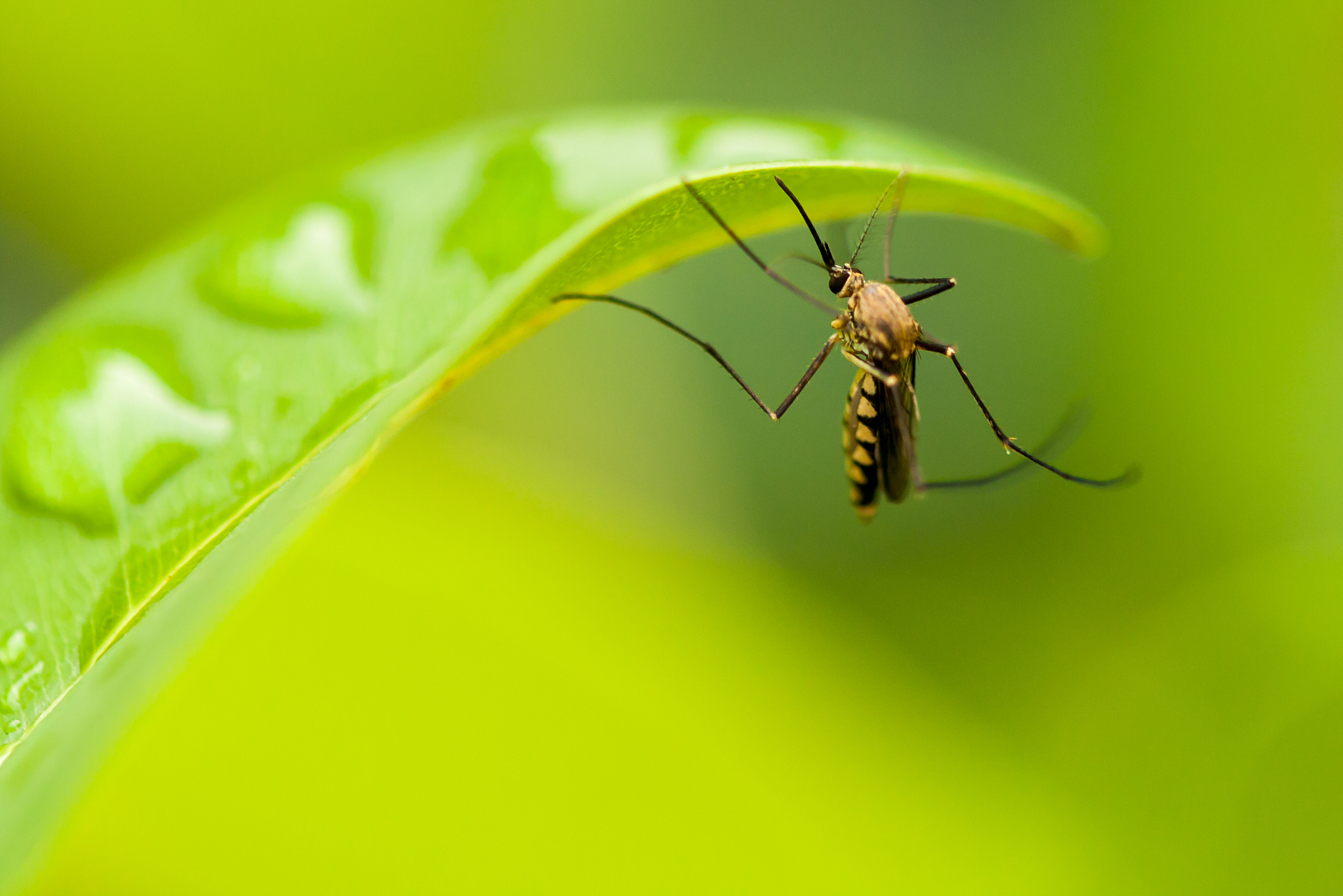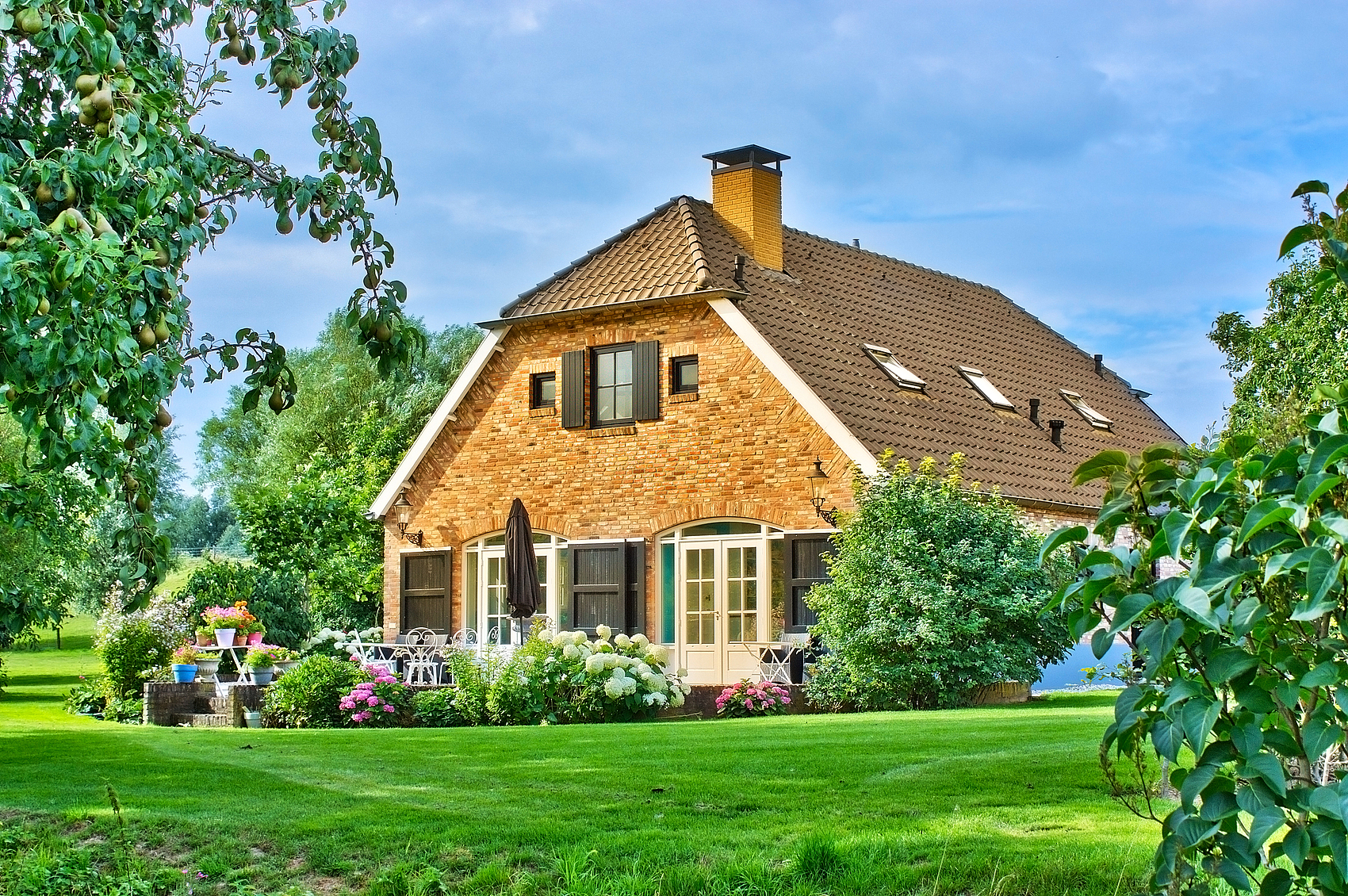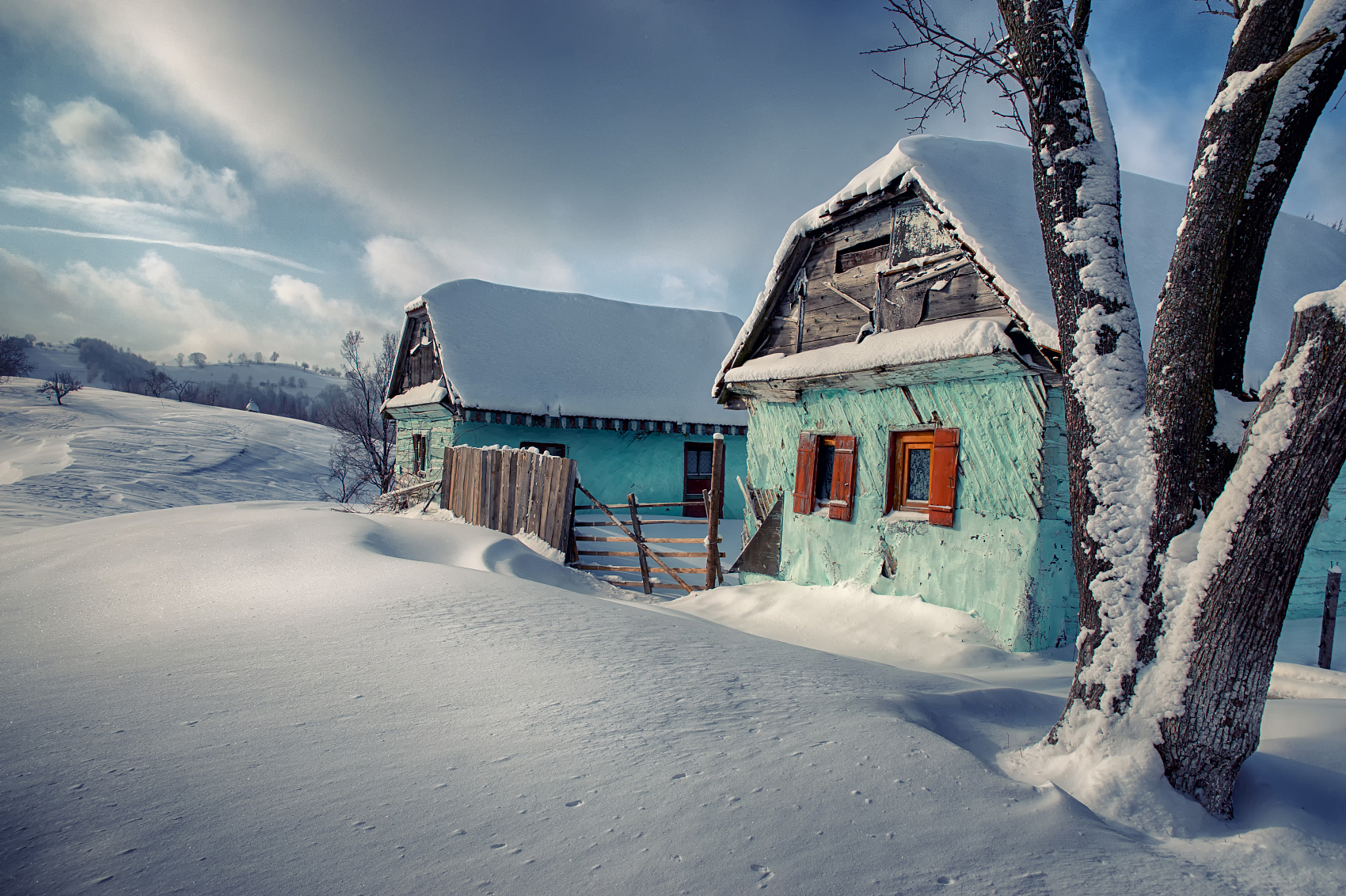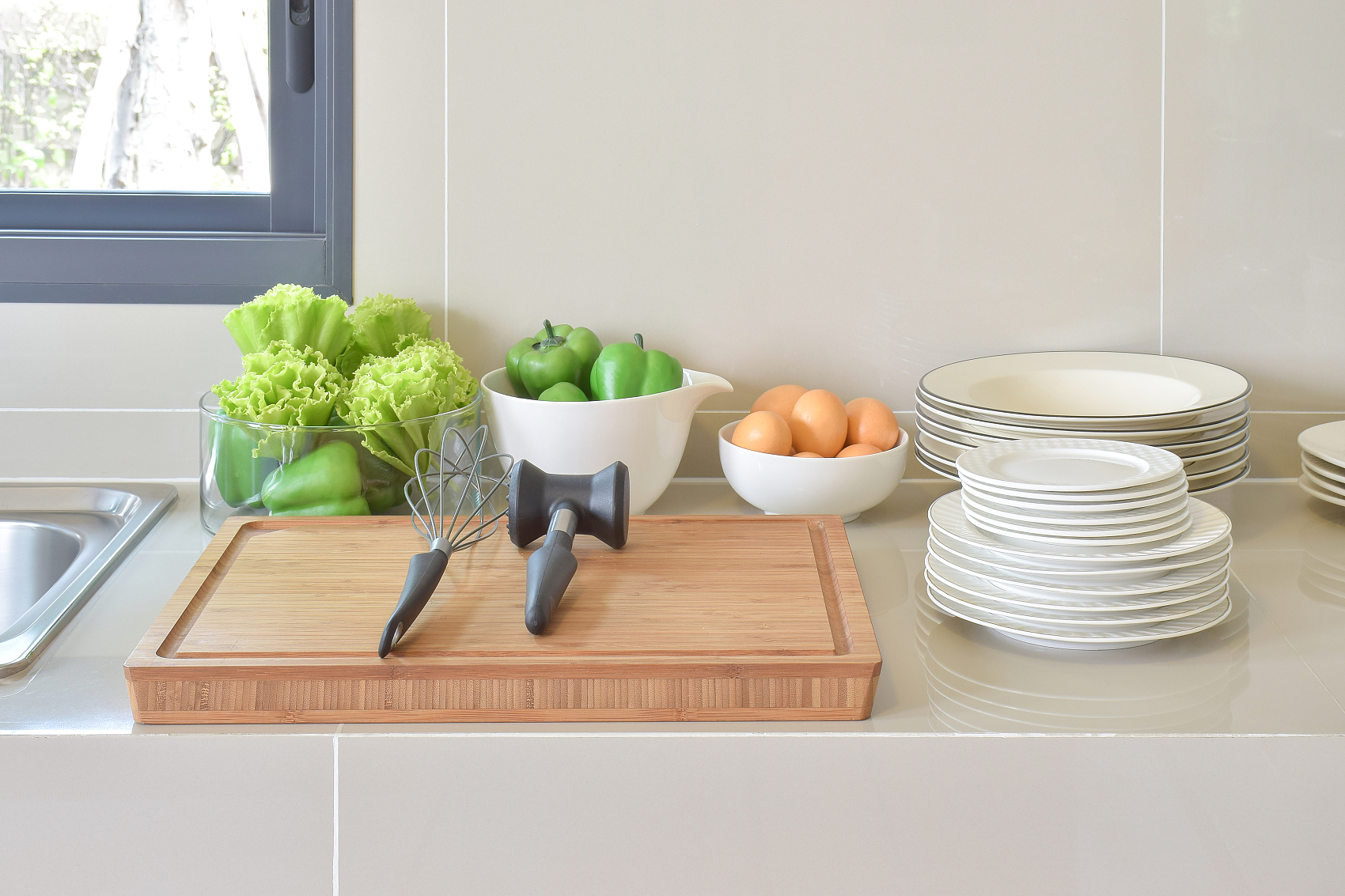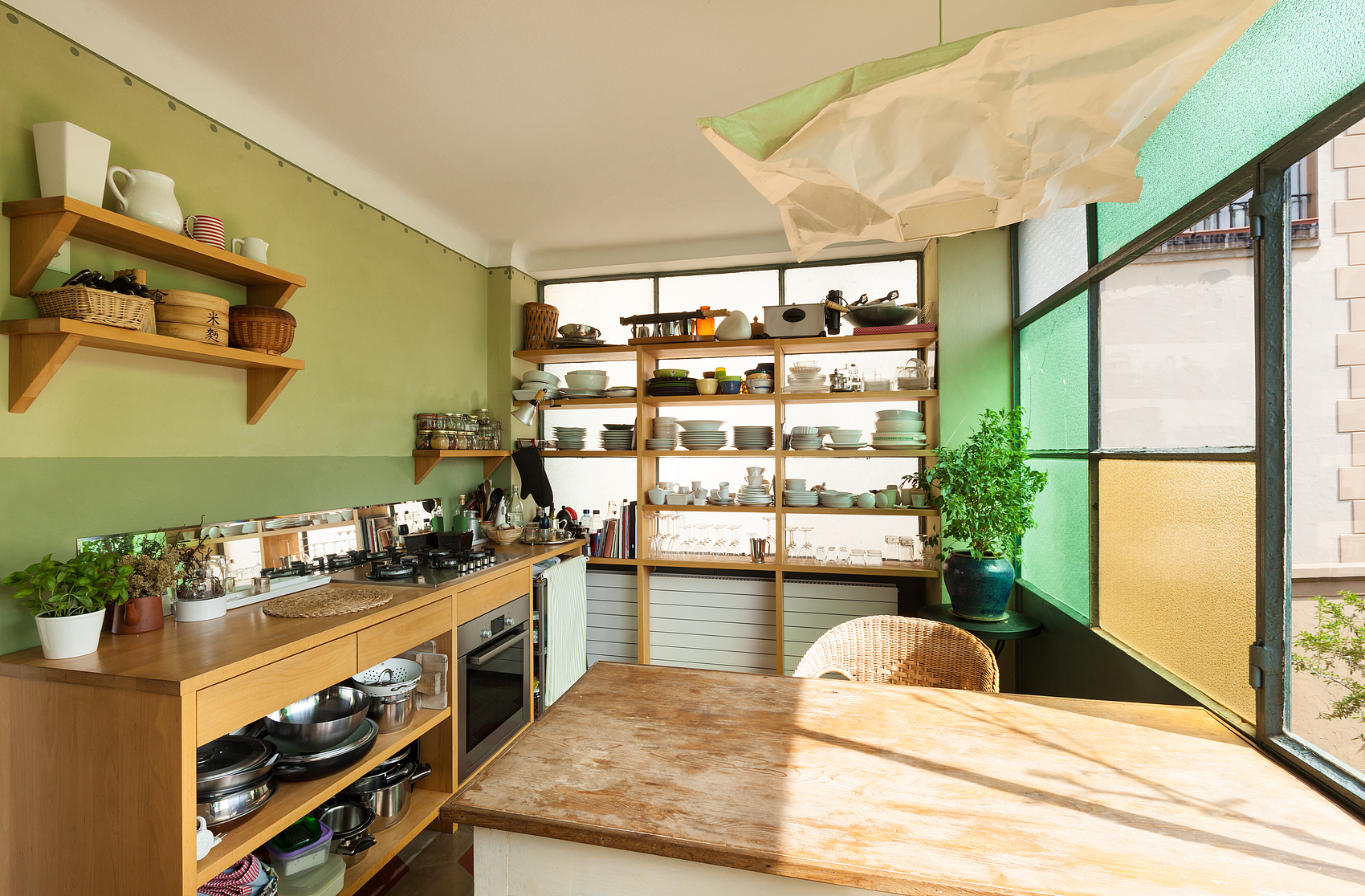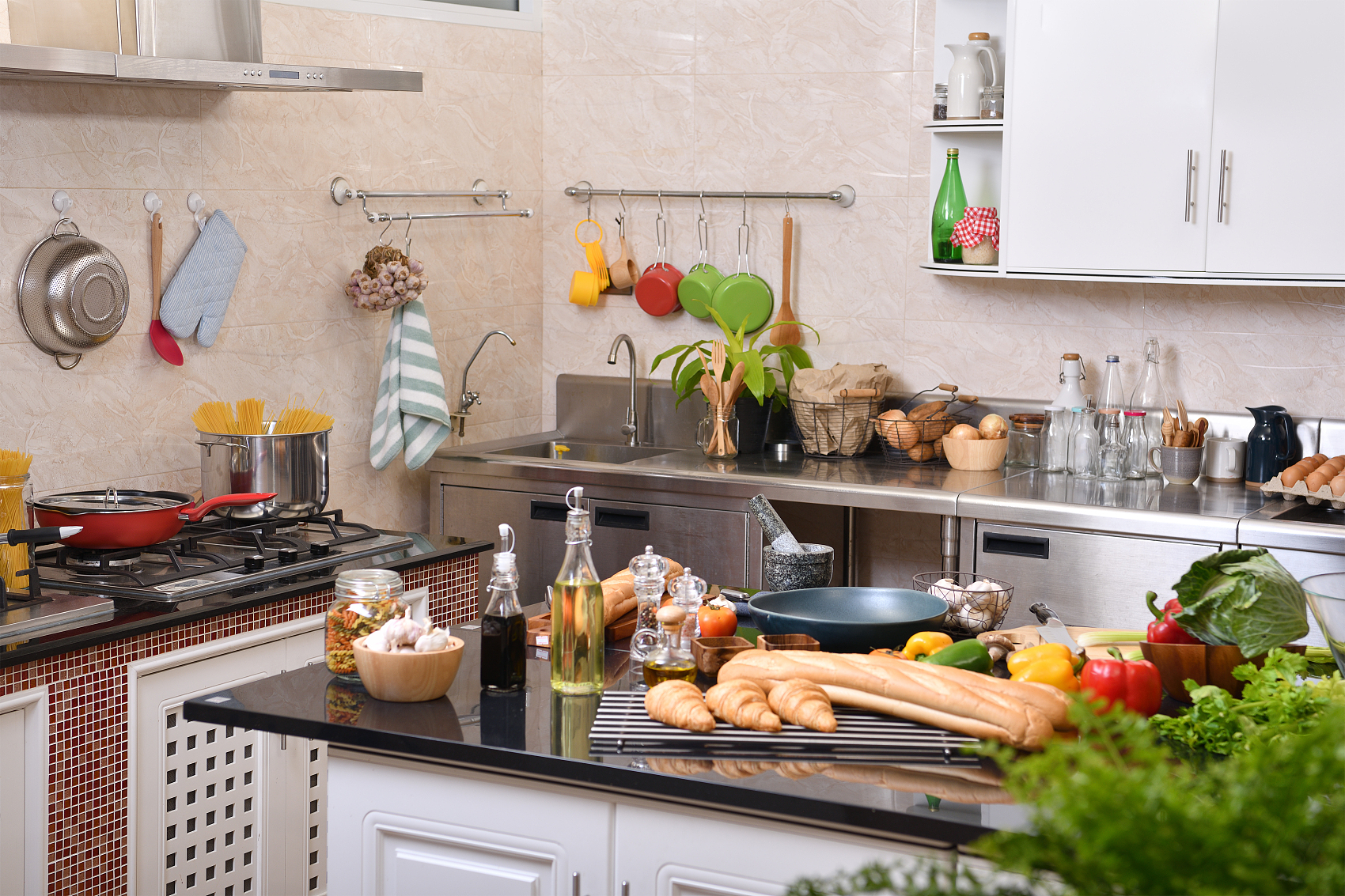Leeks are a versatile, easy-to-grow vegetable known for their mild onion flavor, often used in soups, casseroles, salads, and stir-fries. They can even be enjoyed raw. Although part of the onion family, leeks are distinct in structure. The edible part is usually the white stalk, which grows about six inches above the ground, but their dark green leaves are also great for adding flavor to stocks and soups. Unlike onions, leeks don’t form a bulb and have solid stalks with blue-green leaves encircling the base, fanning out at the top.
Growing Leeks
You can start leeks from seeds or use ready-grown seedlings. Just remember that leeks need a long growing season of about 120 to 150 days, so it’s best to get an early start.
Where to Plant:
Leeks thrive in sunny spots with well-drained soil enriched with composted organic matter. Choose a location that doesn’t get waterlogged in winter. Start by sowing leek seeds in containers or seedbeds before transplanting them to their final growing space.
When to Plant:
- Indoors: If you live in USDA Zones 2-8, start leek seeds indoors 8 to 10 weeks before the last spring frost, and transplant them outdoors when temperatures are consistently above 45°F.
- Outdoors: Sow seeds directly in the garden about three weeks before the last spring frost. In Zones 9-11, plant leeks in the fall for a spring harvest.

Planting Leeks
If starting indoors, harden off the seedlings and transplant them when they reach pencil-size. Dig 6-inch deep holes, placing the seedlings so only a few inches are above ground. Instead of backfilling with soil, fill the holes with water to settle the roots. This technique helps produce long, white stems. To encourage even longer stalks, gradually mound soil or mulch around the base during the growing season—a process called “blanching.”
Leek Care Tips
Leeks are relatively easy to grow, but they do require some maintenance, such as hilling and regular weeding. Here are some tips for successful growth:
- Light: Leeks need full sun, with at least 6 hours of direct light daily.
- Soil and Water: They prefer organically rich, sandy soil. Keep the soil consistently moist but not waterlogged.
- Temperature and Humidity: Best grown between 55°F and 75°F, leeks can tolerate some frost, extending their harvest season.
- Fertilizer: After transplanting, apply a balanced fertilizer like 10-10-10 or 20-20-20 at half-strength to promote early growth.
- Pruning: Only remove dead or diseased leaves as needed.
Harvesting Leeks
Harvest leeks when the stems are thick and sturdy. To pull them up, grasp the base and rock gently back and forth. Baby leeks can be picked in early summer, but for full-sized leeks, wait until late summer when the lower stems reach 1 to 1½ inches in diameter.
Common Issues and Pests
Leeks can be affected by diseases like leek rust, which appears as orange spots on the leaves. If you spot this, remove affected plants immediately. They’re also prone to onion maggots and thrips, so keep an eye out for pests.
Propagation Tips
Besides growing from seeds, you can propagate leeks from the base. If you cut leaves instead of pulling the whole plant, the root will regrow. Alternatively, you can place the base in water to encourage new growth, similar to green onions.
Varieties of Leeks
Here are some popular varieties to consider:
- ‘Roxton’: An early variety, perfect for summer harvesting.
- ‘Giant Musselburgh’: A hardy, Scottish heirloom variety suitable for fall and winter harvests.
- ‘Caratan’: A late-season French heirloom known for its tender stems and cold resistance.
Companion Plants for Leeks
Leeks grow well with:
- Basil and other herbs: They repel pests and improve flavor.
- Carrots: Their deep roots aerate the soil, while leeks deter carrot root flies.
- Strawberries: Leeks’ smell wards off pests, and strawberries suppress weeds and attract pollinators.

FAQs
What part of the leek is edible?
The tender white and light green parts are the most commonly used, but the darker green tops add a strong flavor to stocks and soups.
Can you freeze leeks?
Yes! Blanched leeks can be frozen for up to a year. To blanch, slice, boil for a minute, and cool in ice water before freezing.
How do you clean leeks?
Leeks can be sandy, so cut them in half lengthwise and submerge in cold water. Agitate to release any trapped dirt or grit.
With these tips, you’ll be able to grow healthy, delicious leeks that add a unique flavor to your kitchen. Enjoy the process and happy gardening!


